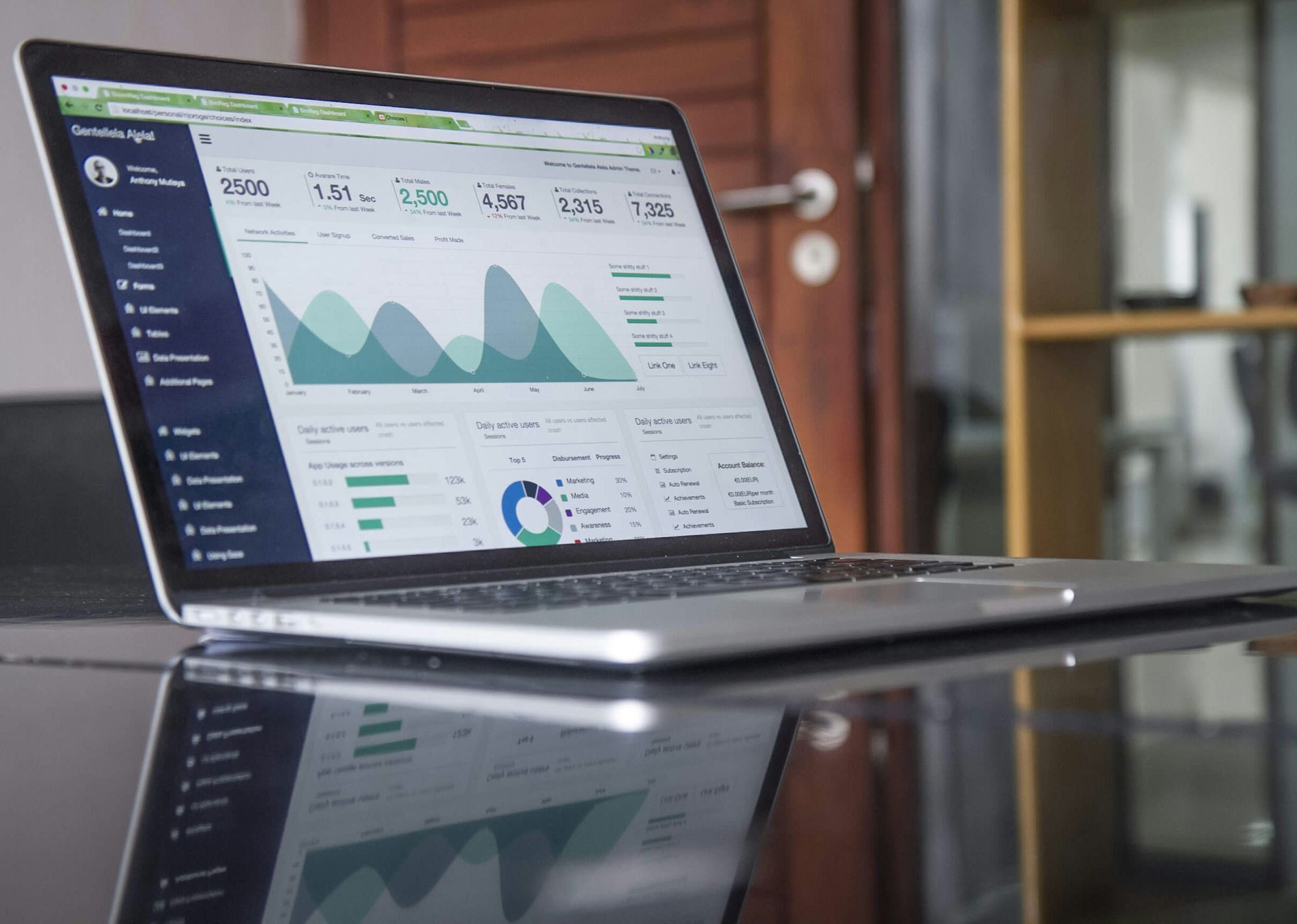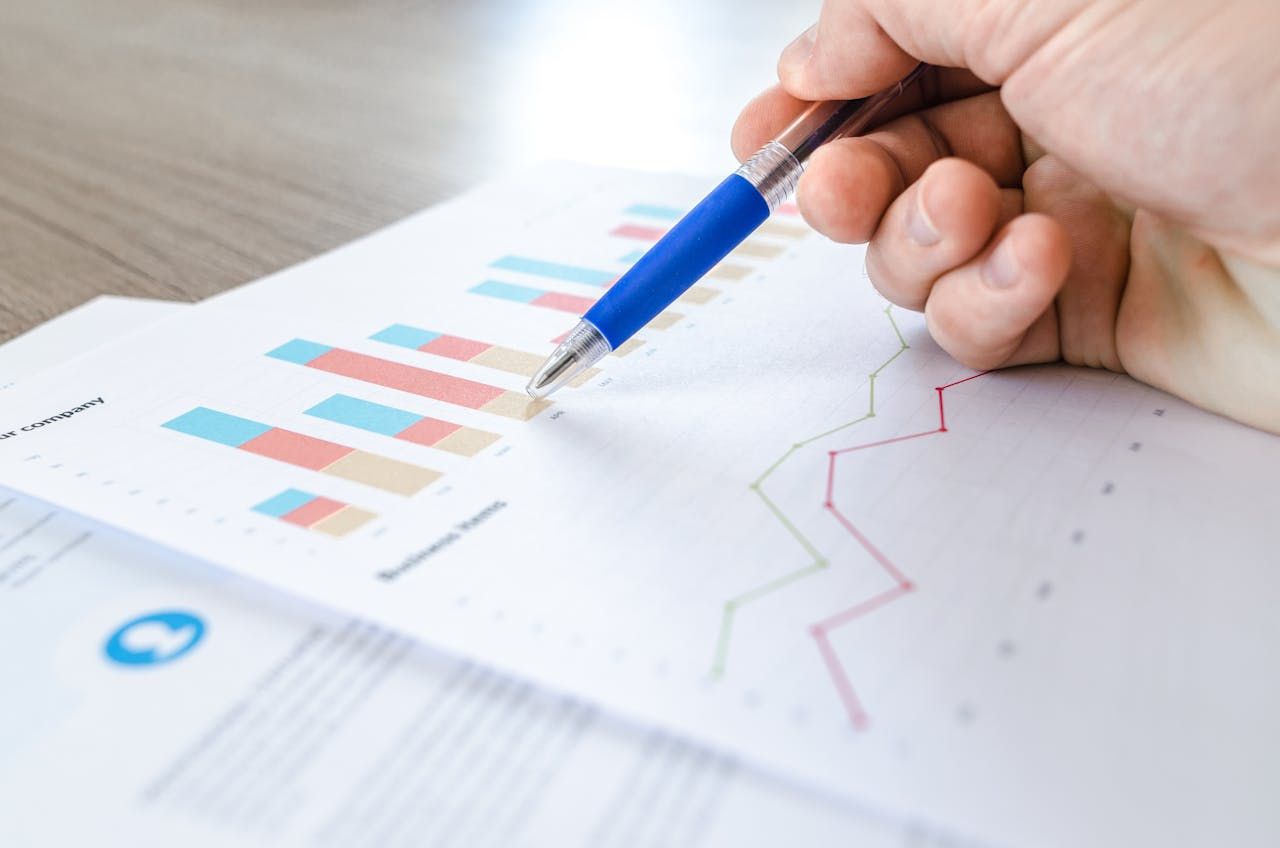Importance of Data Analysis in Business
Data analysis ain't just a fancy buzzword; it's an important process behind smart decision-making in businesses these days. By digging into data, companies can spot patterns and trends that aren't obvious at first glance, leading to sharp strategies and informed decision to help generate more revenue. When a team embraces data analysis, they're able to:
- Base their moves on hard facts, not guesswork
- Spot new ways to make things better and grow
- Dodge pitfalls by keeping a pulse on market changes
- Make customers happier by really getting what they want
In a world where everybody's out to get ahead, those who understand the data come out on top. Putting time into these skills can mean the difference between just hanging in there or dominating the game.
Let's learn more about the important skills in data analysis and how you can develop them.
Skills Required for Effective Data Analysis
To excel in data analysis, one must possess a combination of skills—technical expertise, strong analytical thinking, and the ability to clearly communicate complex information in simple terms.
Here's a rundown of what's key for becoming an expert in data analysis:
| Skill Category | Skills Included |
|---|---|
| Technical Skills | Know your way around tools like SQL and Excel, programming with Python or R, and whip up visuals with the latest software. |
| Analytical Skills | Be a data detective—read between the lines, dive into exploratory data analysis (EDA), and use stats to get to the heart of the matter. |
| Critical Thinking | Challenge the status quo and cook up theories straight from the data. |
| Communication Skills | Turn data stories into presentations everyone can understand, making it relevant for all kinds of folks. |
| Data Management | Get the gist of how to collect data and keep it tidy, making sure it's good to go for analysis. |
Becoming an expert in data analysis is not a linear path; you gotta roll with the punches as technology and techniques shift. Learn to trust the process and understand that there will be days where your knowledge and skills will be challenged but that is just part of the data analysis life cycle. Mastering these skills turns analysts into game-changers, fueling a business's climb to success.

Developing Proficiency in Data Analysis
If you're looking to get good at data analysis, there are a few process and standards that you will have to follow to get an optimal outcome. It's all about gathering the right data, cleaning it, and then breaking it down to see what's really what.
Here's a quick guide to what you need to know.
Understanding Data Collection Methods
Think of data collection as the first step in your data journey. It's where it all begins. You can't do much without the right data, so getting this part right is pretty important. Here are some popular ways to get hold of data:
| Data Collection Method | Description |
|---|---|
| Surveys and Questionnaires | Ideal for getting direct feedback or opinions from a group of people. |
| Web Scraping | Pulls data straight off web pages, great for grabbing loads of info quickly. |
| APIs | Lets you tap into apps and get real-time data—like having a backstage pass. |
| Database Querying | Use SQL and similar languages to pull out exactly what you need from a database. |
Data Cleaning and Preprocessing Techniques
Once you've got your data, it usually looks messy and incomplete. Cleaning and organizing that mess is the next big hurdle. Some basic ways to make the data more valuable include:
- Removing Duplicates: You do not want the same data multiple times as it can cause misinterpretation.
- Handling Missing Values: Removing missing values can ensure that the data remains consistent and suitable for analysis.
- Standardization: It is important for improving data quality and ensuring that data is accurate and reliable.
Here’s the steps help you navigate preprocessing:
| Preprocessing Step | Purpose |
|---|---|
| Remove Outliers | Toss the oddballs out the window; they mess with your averages. |
| Normalize Data | Level the playing field; it helps when you’re comparing apples to apples. |
| Convert Data Types | Make sure numbers are numbers and words are words so your analysis doesn't trip. |

Exploratory Data Analysis (EDA) Methods
Now, it's time to delve into the data and uncover insights. Exploratory Data Analysis (EDA) is a process of discovery, revealing various patterns and relationships. Techniques to consider include:
- Descriptive Statistics: Check out the basic numbers—mean, median, standard deviation, you name it.
- Data Visualization: Pictures tell stories; graphs tell data stories.
- Correlation Analysis: See how things are connected, like peanut butter and jelly.

Here are some visual tools to have in your box:
| EDA Technique | Description |
|---|---|
| Histograms | Bar talk for data distribution—a visual way to show frequency. |
| Box Plots | Gives the lowdown on spread and outliers of your data. |
| Scatter Plots | Great for spotting trends between two number-driven data points. |
Applying Statistical Analysis
Statistics help bring clarity to complex data, filtering out the noise to reveal meaningful insights. Here are several techniques commonly used by data analysts:
- Hypothesis Testing: Challenge your assumptions with some good ol' data detective work.
- Regression Analysis: Predictive stuff, seeing how changing one thing affects another.
- ANOVA (Analysis of Variance): Noticing differences across groups—like a talent show.
Here's a rundown of some popular methods:
| Statistical Method | Use Case |
|---|---|
| T-Test | Great for comparing two groups’ averages and seeing who's outdoing who. |
| Chi-Squared Test | Sizes up relationships between categories. |
| Linear Regression | Maps out predictions based on trends you spot. |

Data Visualization Techniques
Mastering data visualization enables you to transform complex data into clear, easily understood insights. Here are some effective techniques to achieve this:
- Bar Charts: Handy for size comparisons—who's got more, who's got less.
- Line Graphs: Perfect for tracking chills and thrills over time.
- Heatmaps: Make it easy to see where things are cooking up or cooling down.
Your go-to toolbox should include:
| Visualization Technique | Application |
|---|---|
| Pie Charts | Shows how the pie is sliced—great for proportions. |
| Word Clouds | A visual shout-out to the most common terms in your data. |
| Dashboards | A one-stop-shop for checking out everything in one glance. |
By refining these data analysis techniques, you can transform complex data into meaningful insights, effectively guiding strategic decision-making. For additional valuable methods and tools, explore our articles on data analysis techniques, data analysis in Python, and data analysis tools.
Are you looking for a trusted partner in solving your data analysis and insights challenges?
With expertise in web scraping, data extraction, and tailored analytics, DataHen helps businesses unlock critical insights efficiently. Whether you need raw data for analysis or ready-to-use insights, DataHen’s services streamline your data processes, enabling you to make informed decisions and drive growth confidently.



